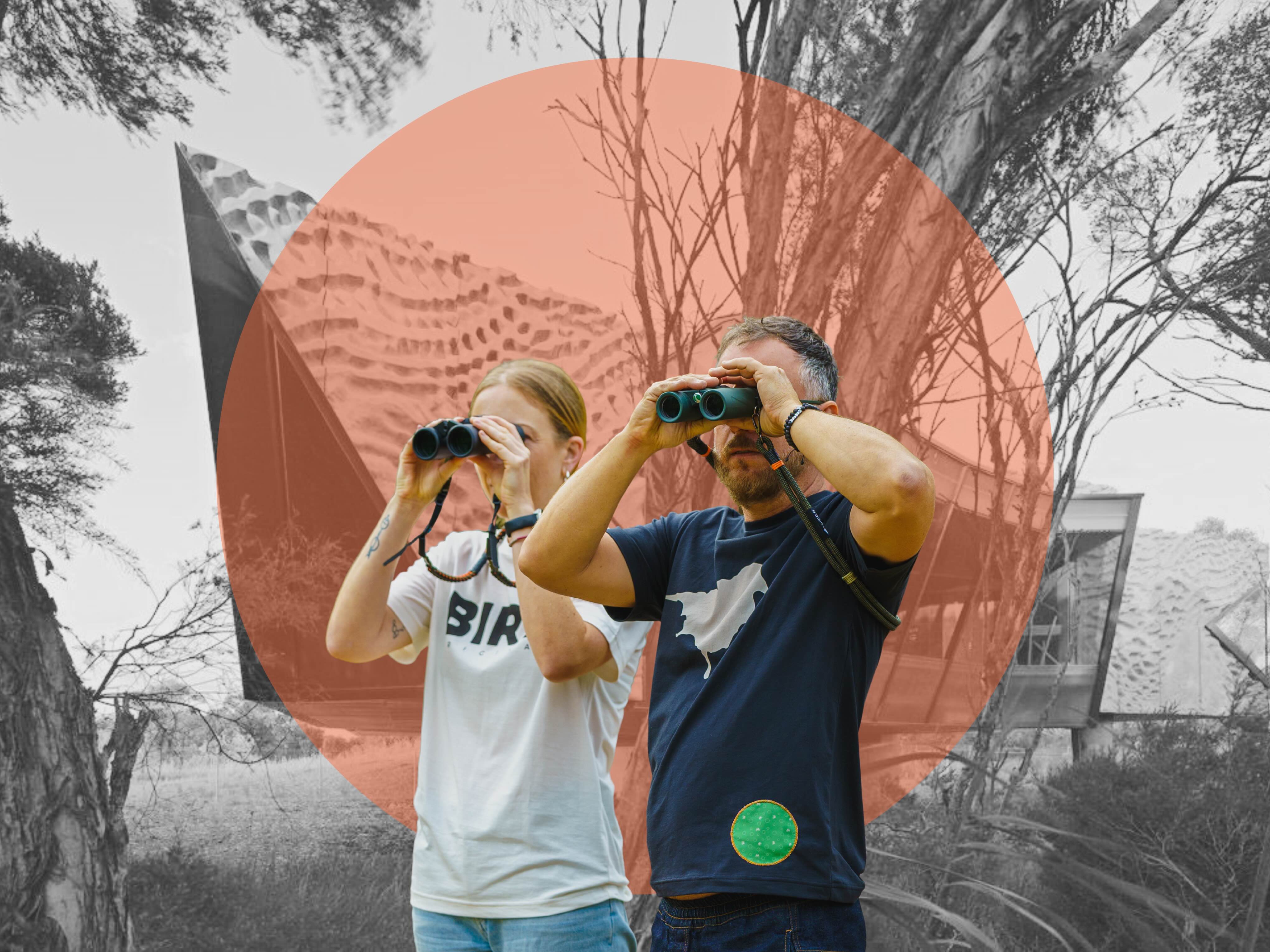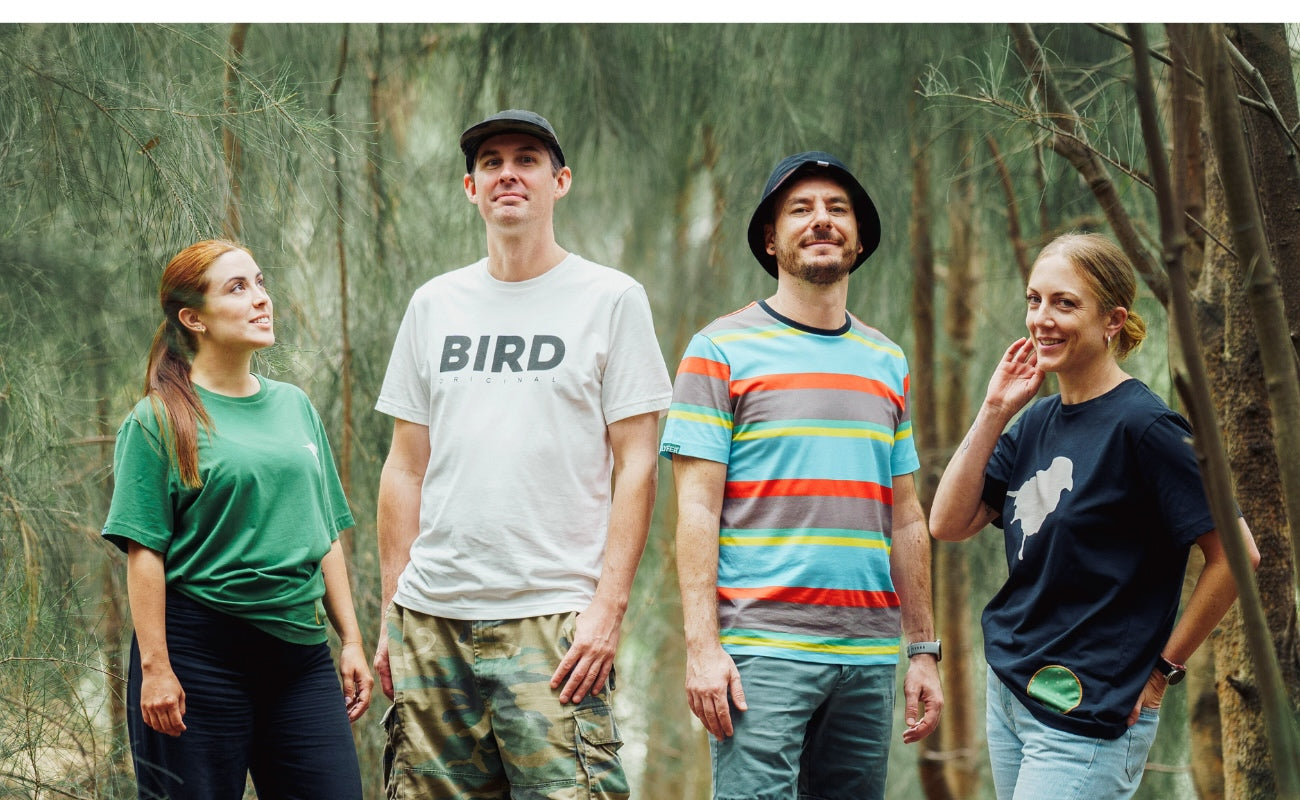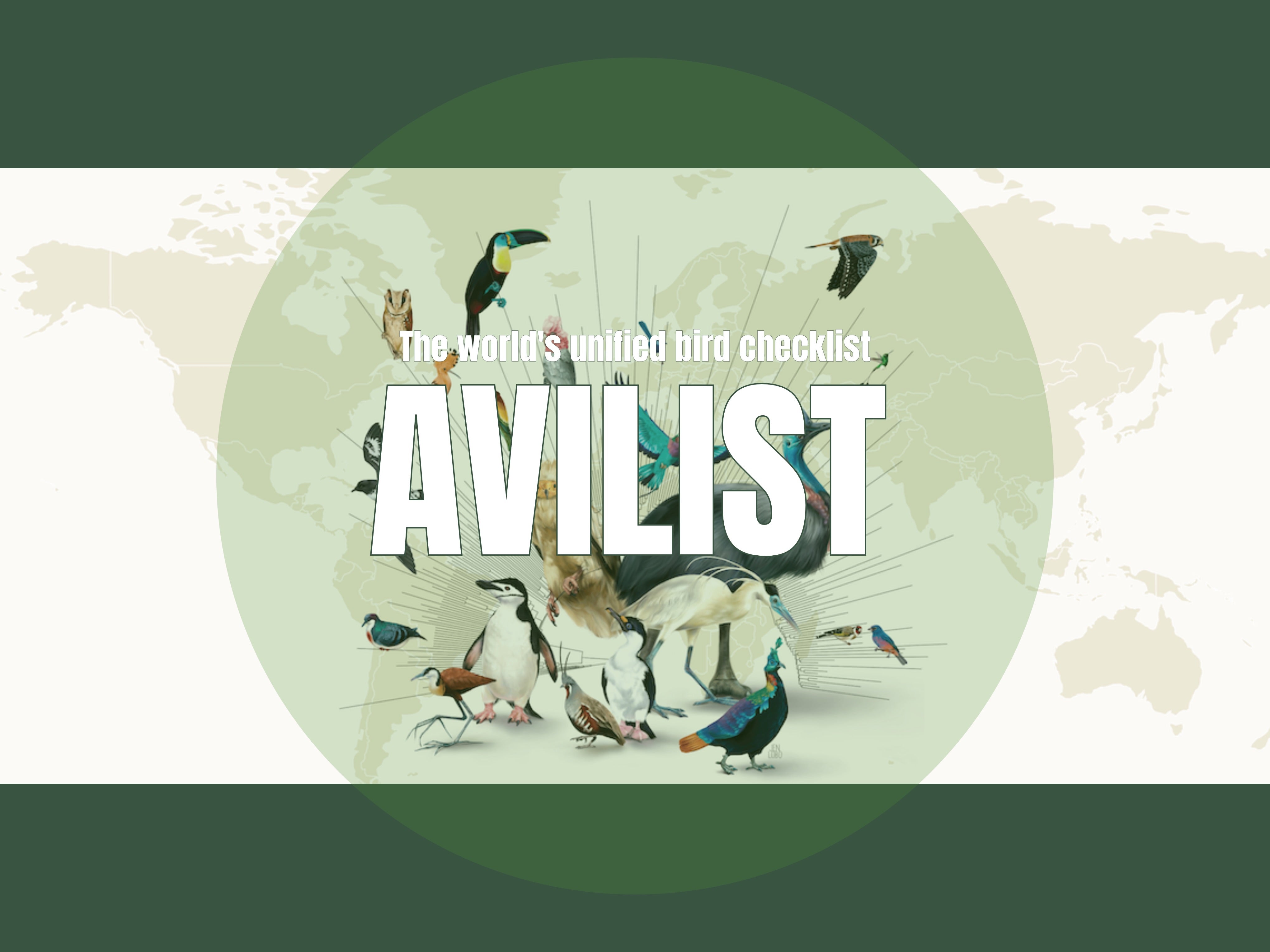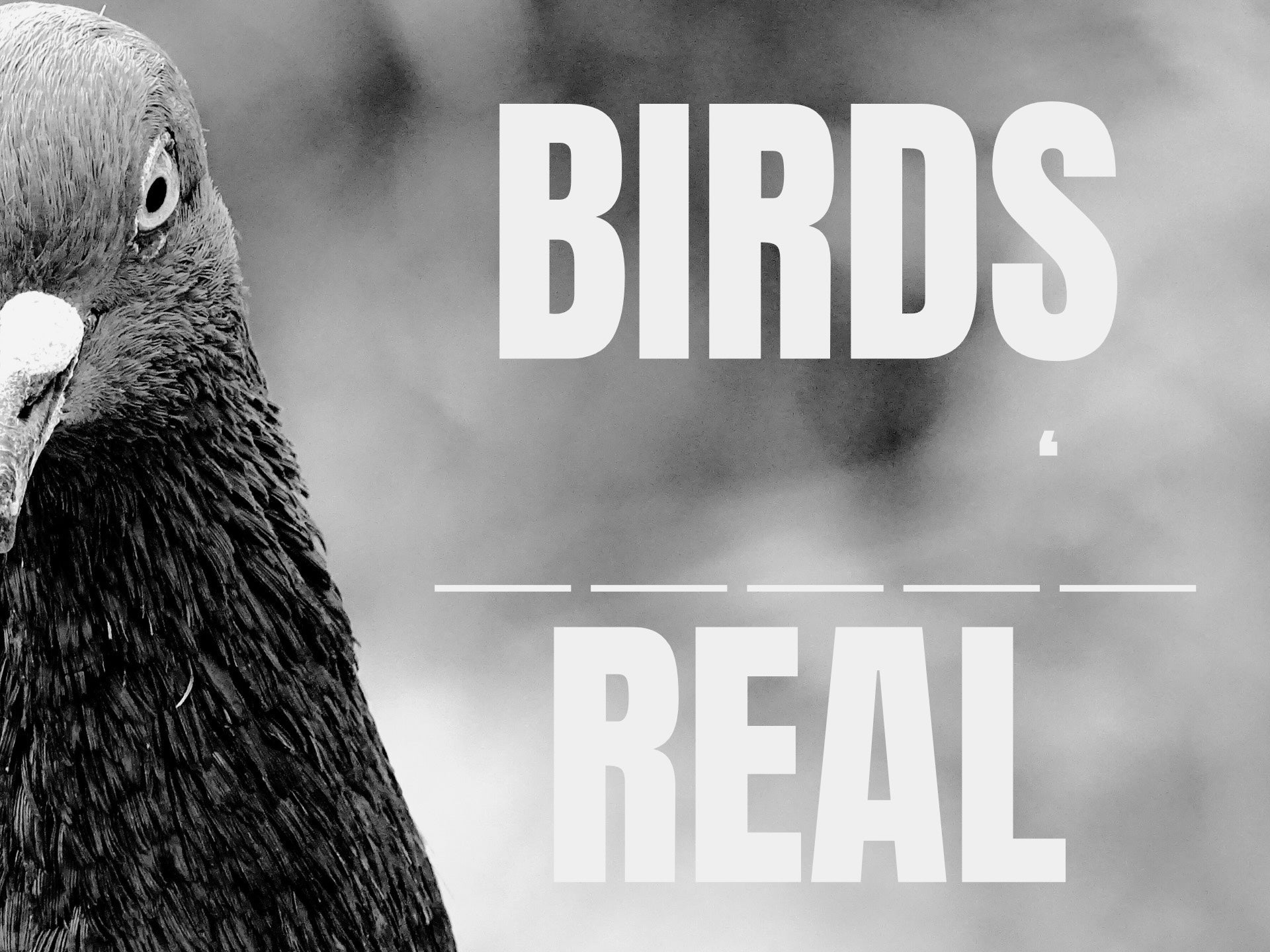
Lifting the Lid on Bird Hides: Australian Edition
[Estimate read: 4 minute]
We’re all for ‘chasing’ birds, but sometimes the best way to see them is to stop, be patient, and let the birds come to you. That’s where Australian birdwatching hides make all the difference. The trusted bird hides make that possible. Hidden in plain sight, these structures aren’t just practical for us, some are surprisingly and purposefully well-designed and sometimes oddly and unconventionally striking.
From wetland edges to canopy walk-ins, we’ve tracked down some of Australia’s most interesting bird hides that caught our attention. Some we've ventured others are now officially on the list! We'd love to know which hides you've visited. Share it with us below, and tell us a bit about it.
The Hide at Bamurru Plains (Northern Territory)
Set on the edge of Kakadu National Park in the Northern Territory, this bird hide rises six metres above the floodplain canopy. Designed as an open-air platform, it allows unobtrusive viewing of species such as Magpie Geese, Brolgas, Rainbow Bee-eaters, and Kingfishers.
The structure is intentionally minimal and elevated to blend into the environment and reduce disturbance. The catch is that access is available exclusively to guests of Bamurru Plains, a private wilderness lodge operating on over 300 km² of savanna and wetland. This is one of the most exclusve Bird hides of Australia.

Gum Swamp Wildlife Refuge (Forbes, Central West New South Wales)
Just south of Forbes in regional NSW, Gum Swamp is one of inland Australia’s under-the-radar birding strongholds. Four raised hides sit across different habitat zones, each offering clear views while keeping visitors out of sight.
The structures were upgraded in 2020 with support from local council and environmental grants. Giving the site a solid boost in both access and design. Over 150 species have been recorded here, including Freckled Ducks, Pink-eared Ducks, Glossy Ibis, and White-bellied Sea Eagles. The hides are free to access year-round, and the swamp's changing water levels keep things interesting.

Wetland Bird Hide at Parklakes, Bli Bli (Sunshine Coast, Queensland)
Tucked into a suburban wetland on the Sunshine Coast, this timber-clad hide at Parklakes does a solid job of disappearing into the reeds. Built as part of a broader community restoration project, it’s simple, clean-lined, and does exactly what a good hide should do. Keep you close, without getting in the way of the surrounding bird life.
Over 160 species have been spotted here, including Spoonbills, Darters, Egrets, and Jacanas. Designed by Landmark Products for Sunshine Coast Council, it’s open to the public and connected by boardwalks and trails. Quiet, easy to access, and better than you'd expect for a spot just off the estate streets.

Edithvale–Seaford Wetlands Discovery Centre(Southeast Melbourne, Victoria)
On the edge of southeast Melbourne, this two-storey structure acts as both a bird hide and education centre. Raised and fully enclosed, it’s built from timber and steel. Huge wide viewing windows and mounted scopes are aimed across the wetlands.
It’s more open and public-facing than most traditional hides, but still gives proper cover for spotting wetland species without causing disturbance. Over 190 species have been recorded at the Edithvale–Seaford Wetlands Discovery Centre, including Latham’s Snipe, Sharp-tailed Sandpipers, and the occasional Australasian Bittern.
Run by local volunteers, it’s free to visit on weekends, just check opening times before you go.

Buffalo Creek Bird Hide – Darwin, Northern Territory
Designed by Jo Best of Troppo Architects, this hide sits quietly in the mangroves near Buffalo Creek, north of Darwin. True to Troppo’s style, the design suits the tropics, it’s lightweight, low-impact, and blends effortlessly into the landscape.
While the design keeps a low profile, the birdlife doesn’t: you may just spot species like Rainbow Pittas, Red-headed Honeyeaters, Radjah Shelducks, and Whistling Kites. It's one of the Top End’s lesser-known hides, humid, quiet, and worth the walk.

Karkarook Park Bird Hide (Planned) – Moorabbin, Victoria
This one came up during our research, though at the time of publishing, its future remains uncertain. However, given its design we thought it was worth a mention. We plan to set out to learn more about its likelihood.
This proposed bird hide sits on the horizon at Karkarook Park in Melbourne’s southeast. Designed by architect and birder Eugene Cheah, the structure is in partnership with the Lions Club of Moorabbin and Friends of Karkarook Park.
The project aims to replace a vandalised older structure and provide covered, accessible viewing over the park’s lake and wetland zones. Still in the planning and fundraising stage, but if approved, it’ll be a solid step forward for local birding from a complete architectural perspective. We hope that such an epic structure stays true to its design and sympathetic to its surroundings.
There you have it, 6 special bird hides of Australia that you may not have explored before. Have you got a local hide you reckon should’ve made the cut? Let us know in the comments below, we’re always up for uncovering something new. We may just write more Avian Journals about them.
And stay tuned, next up, we’re going global. We’ve pulled together a shortlist of the world’s most wild, remote, and well-designed hides. From Arctic circles to underground bunkers in South Africa.
______________________________________________________________________________________________
Featured Australian Birdwatching Hides
-
The Hide at Bamurru Plains – Near Kakadu National Park, Northern Territory
-
Gum Swamp Wildlife Refuge – Forbes, Central West New South Wales
-
Wetland Bird Hide at Parklakes – Bli Bli, Sunshine Coast, Queensland
-
Edithvale–Seaford Wetlands Discovery Centre – Southeast Melbourne, Victoria
-
Buffalo Creek Bird Hide – North of Darwin, Northern Territory
-
Karkarook Park Bird Hide (Proposed) – Moorabbin, Southeast Melbourne, Victoria
*If you're interested in a bit more about architecture & birds, check out our Nature's Architects, three part series of Avian Journals.





Leave a comment
This site is protected by hCaptcha and the hCaptcha Privacy Policy and Terms of Service apply.